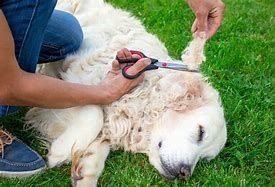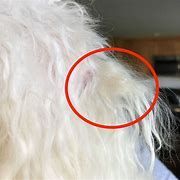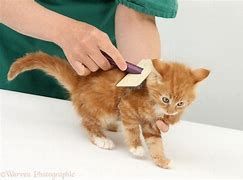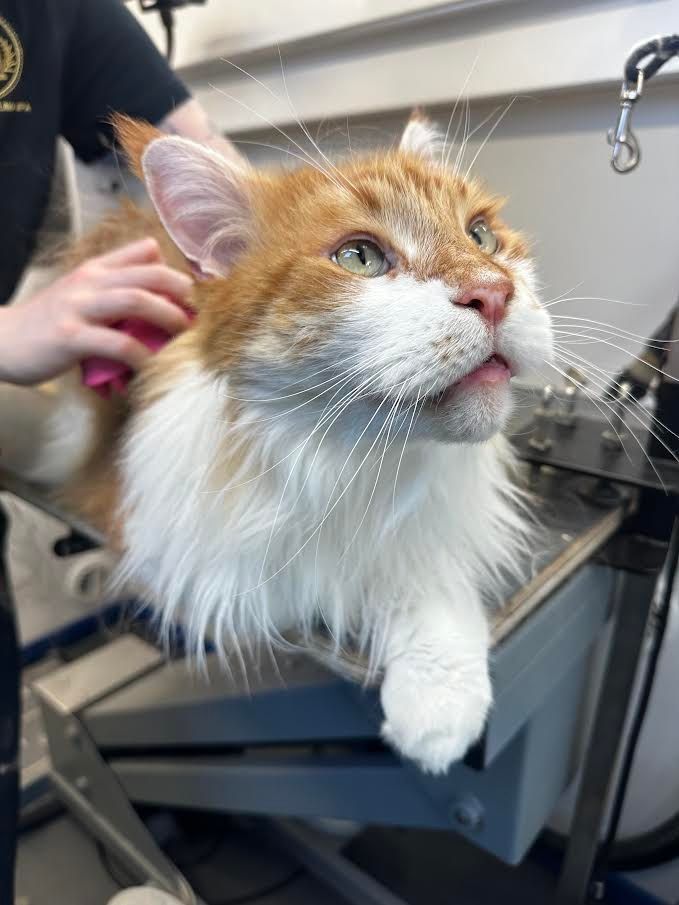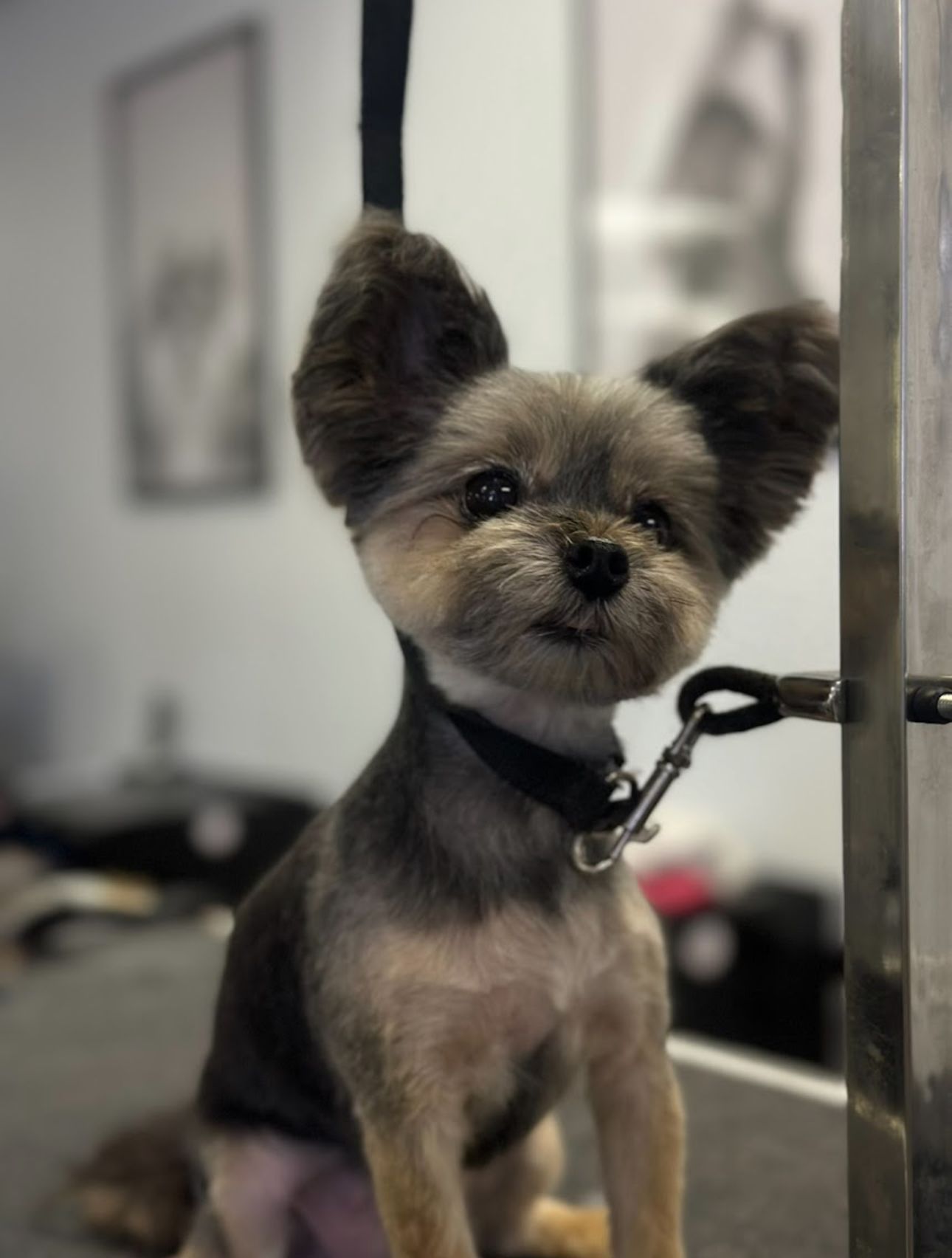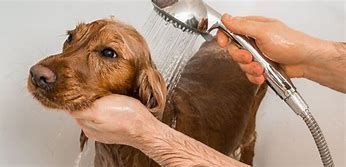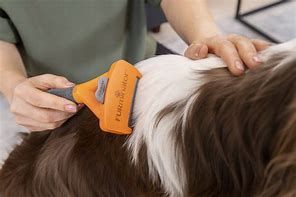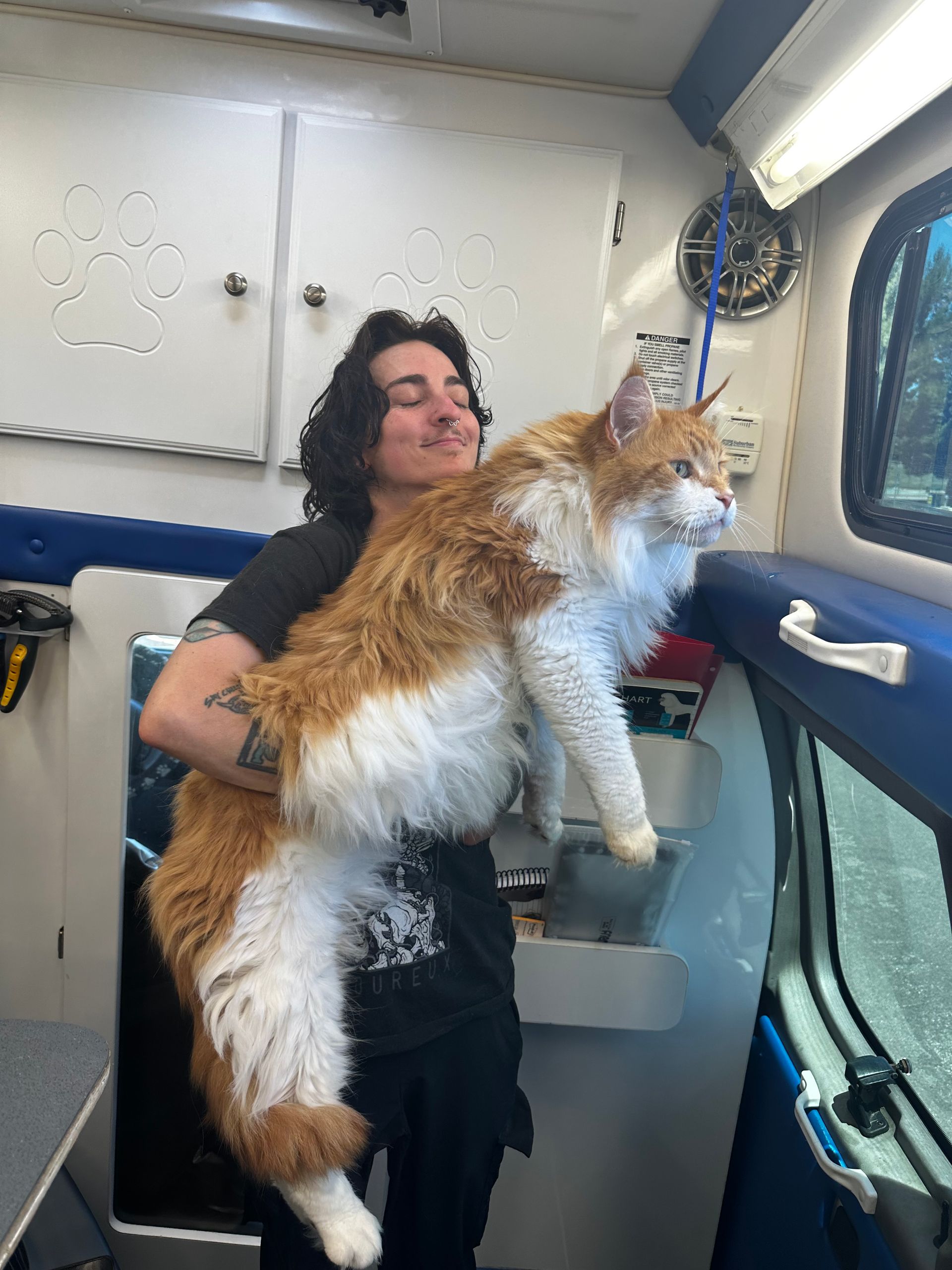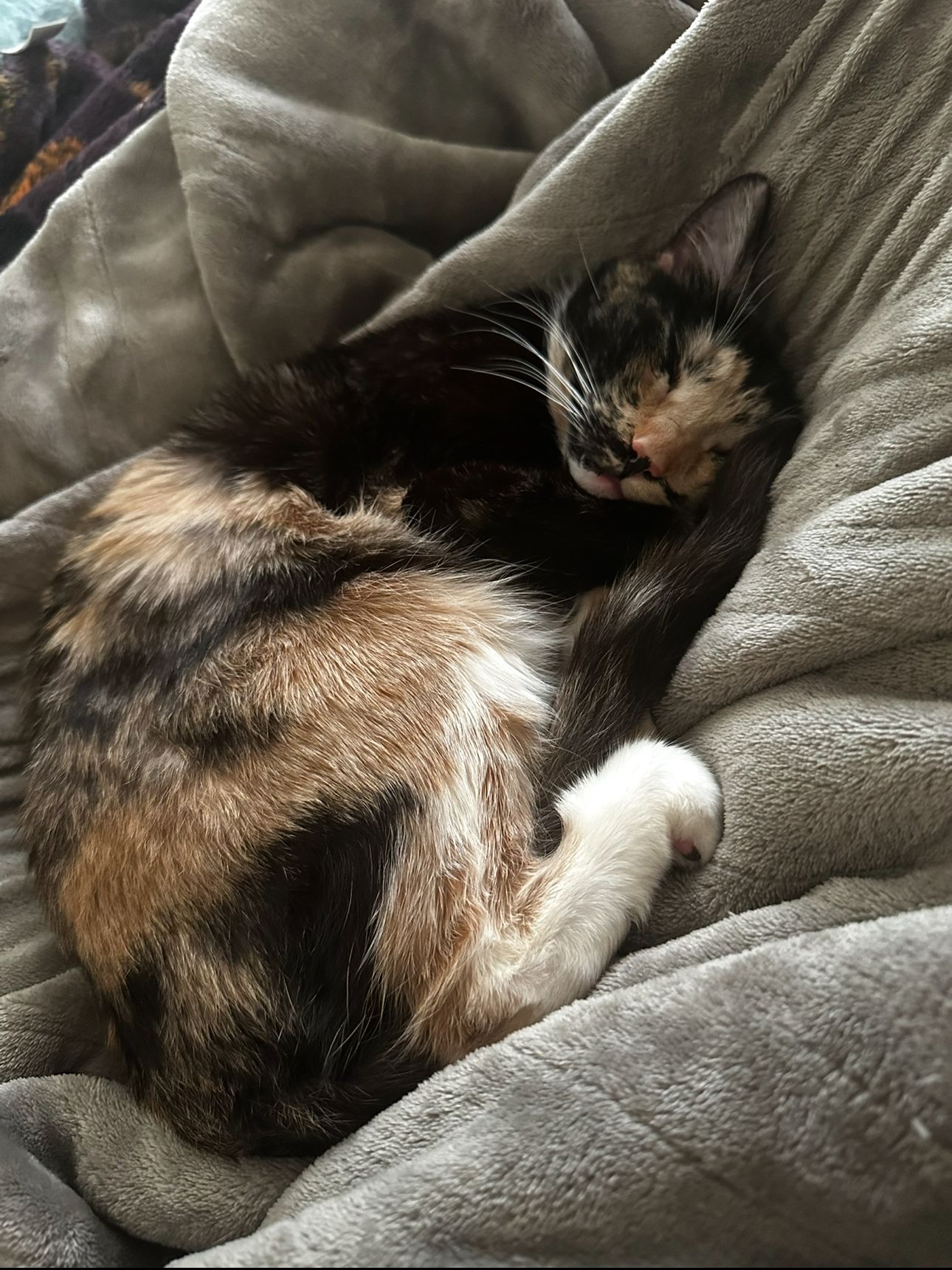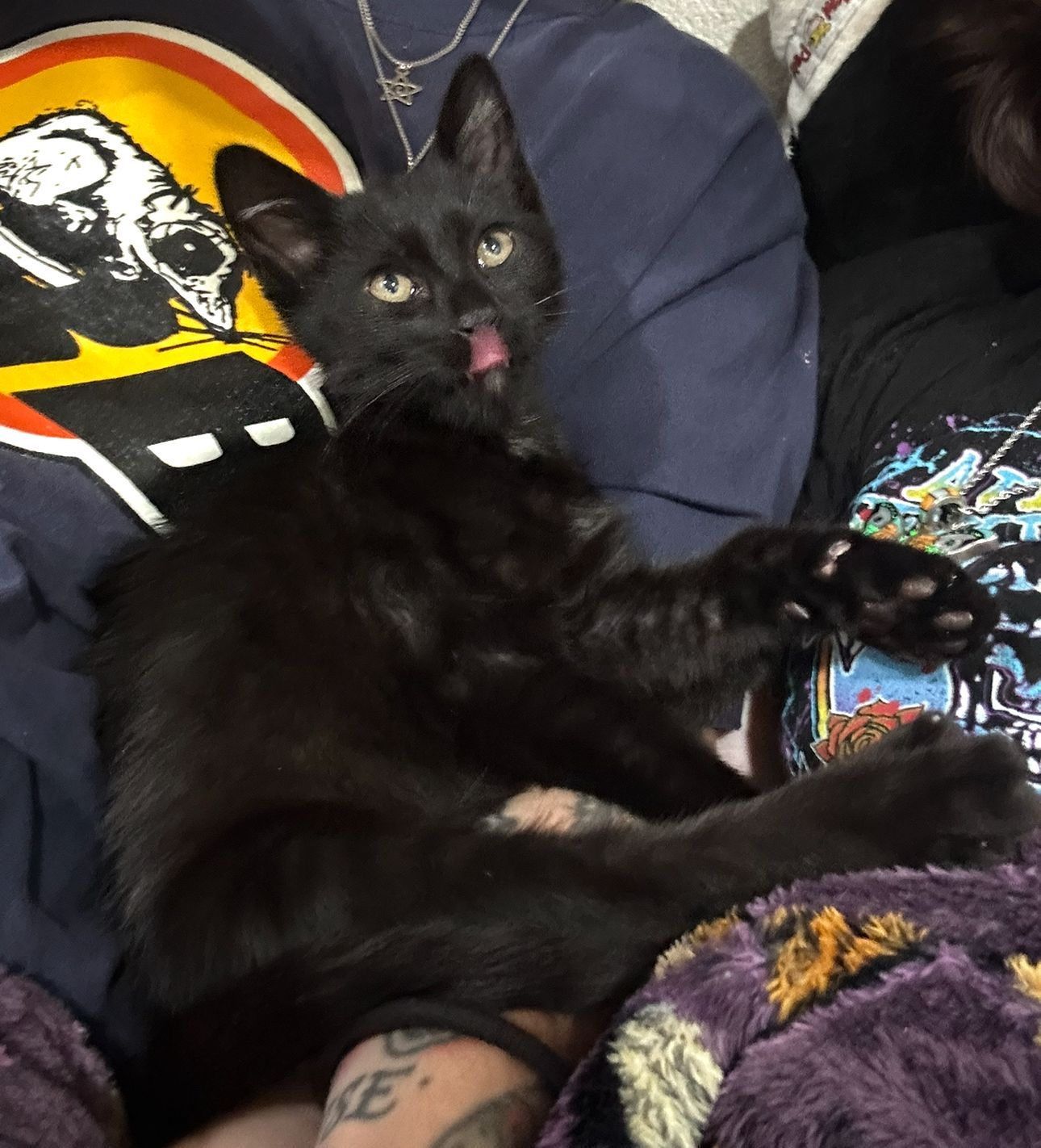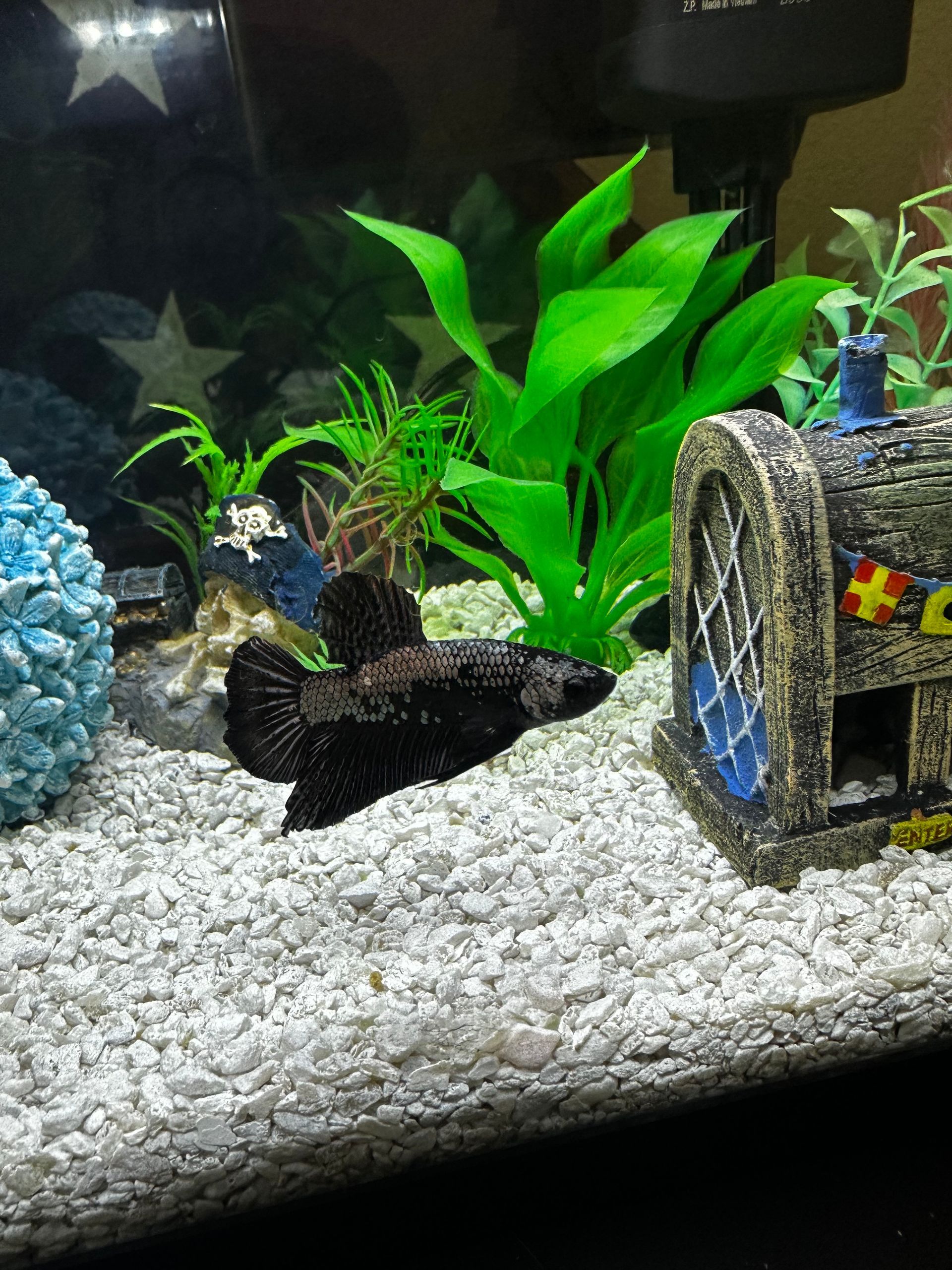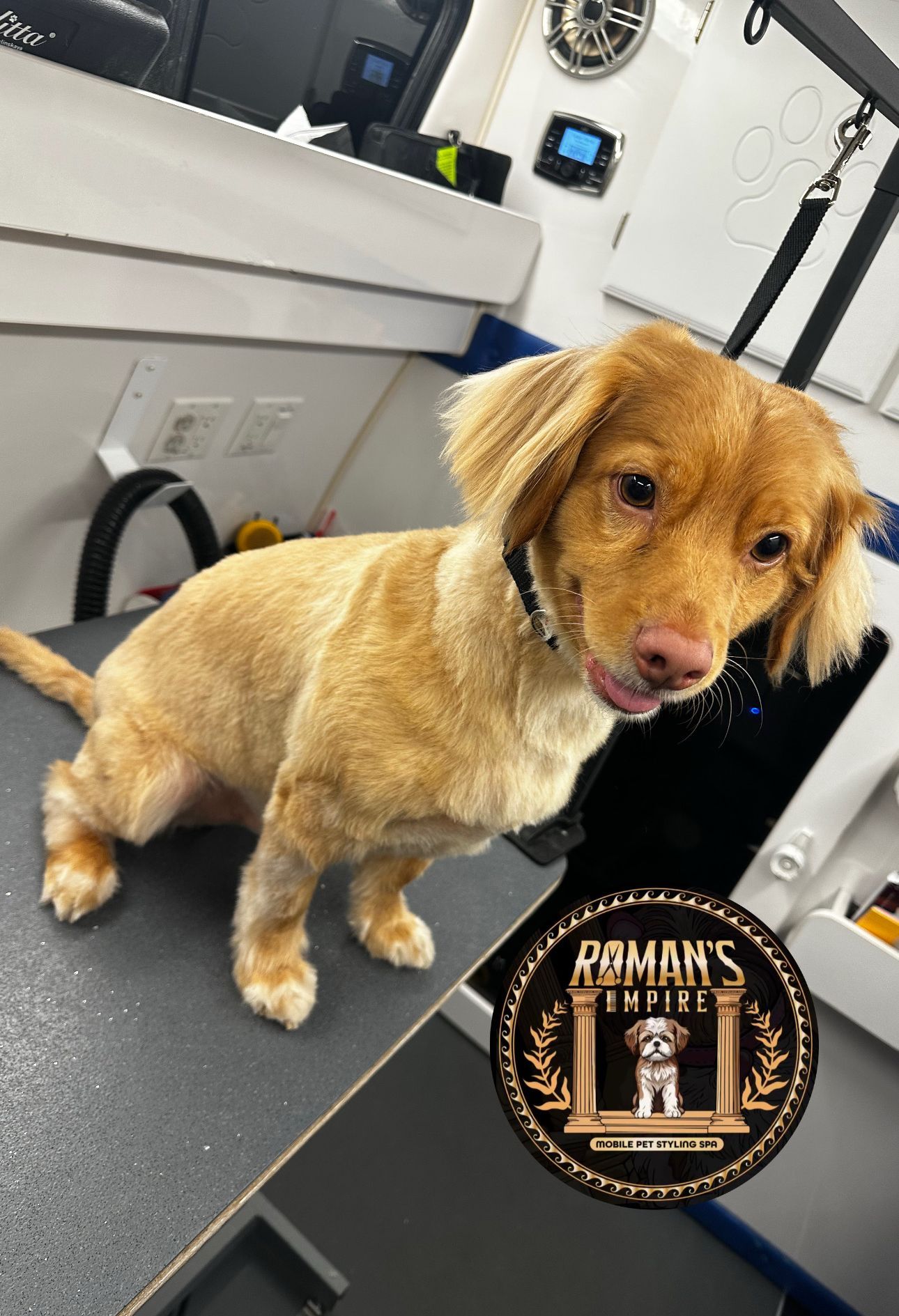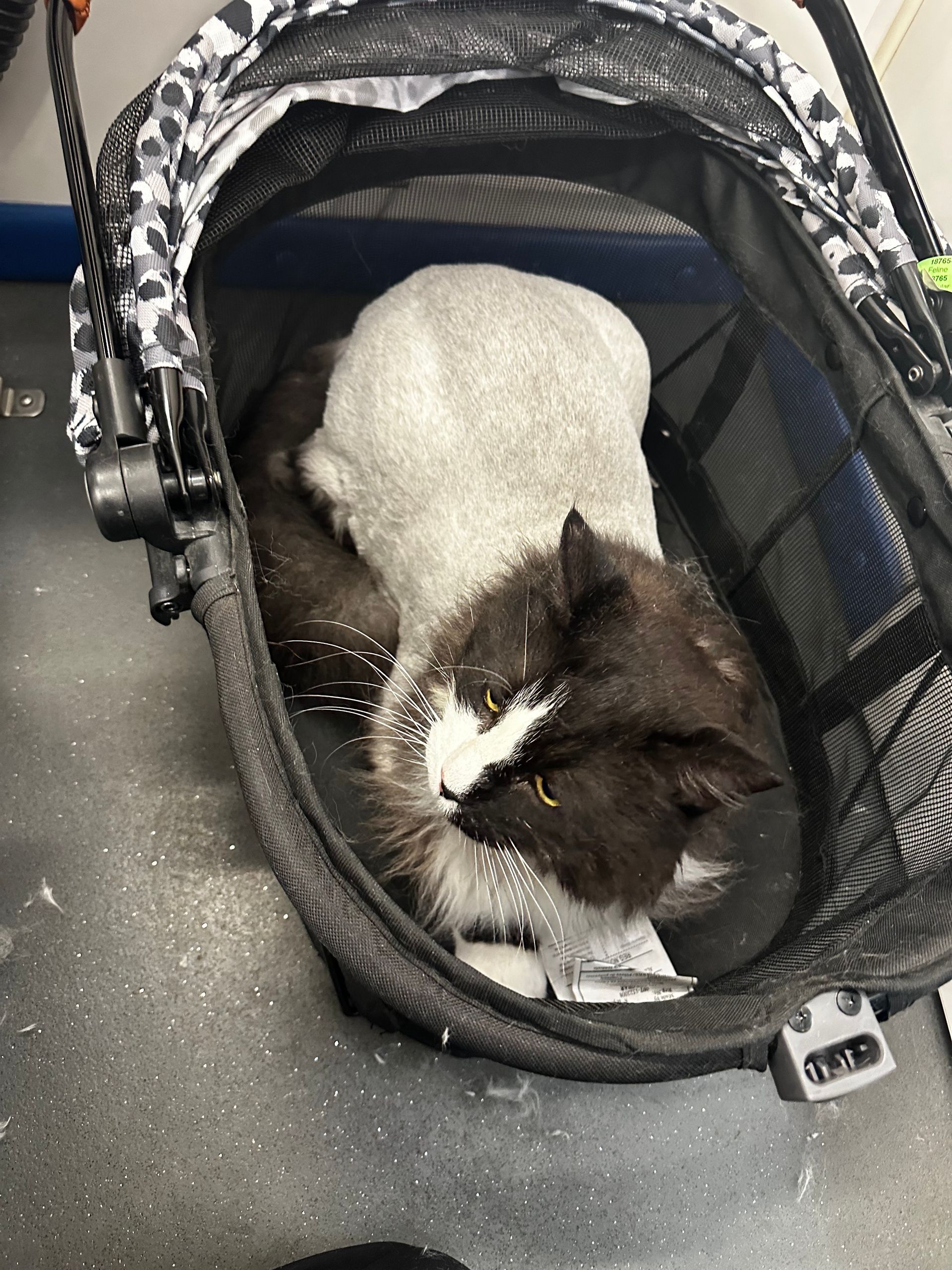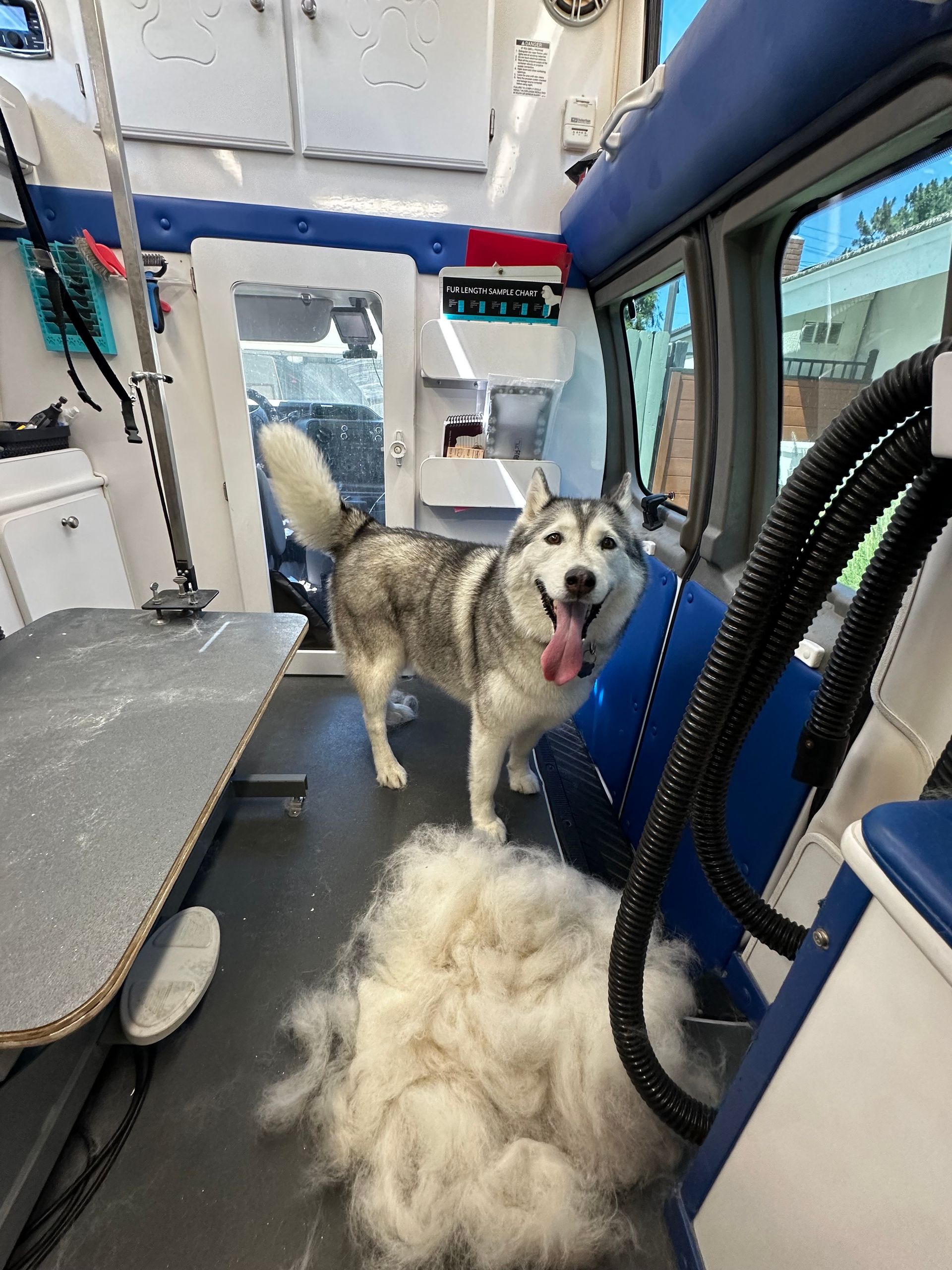Nail Trimming: Quick Awareness & Claw Care for Cats and Dogs

Whether you're a dog devotee or a cat connoisseur, regular nail care is essential to your pet’s health and comfort—especially for pets here in Folsom, Granite Bay, and surrounding areas.
Nail trimming might seem like a minor grooming task, but when skipped or done incorrectly, it can have painful consequences.
Let’s dig our claws in.
Signs Your Pet’s Nails Are Too Long:
- You hear clicking on hard floors
- Their posture changes or they limp
- Nails curve sideways or touch the ground
- You’re seeing damage to flooring or furniture
- Nails begin or are curling
The Quick Lowdown: What’s the “Quick”?
Inside every pet nail lives a vein called the “quick.” This is the sensitive, living part of the nail that supplies blood to it. When nails grow too long, the quick grows along with it.
That means infrequent trims don’t just make nails longer—the quicks grow out with them. And cutting into the quick? Painful. It bleeds, it hurts, and it makes pets (understandably) nervous about nail trims in the future.
How Do You Recede the Quick?
Consistent trimming (or filing) encourages the quick to shrink back over time. This allows you to shorten the nails gradually without hurting your pet.
If you’ve ever had a groomer say your pet’s nails “can’t go any shorter,” this is usually why. Hurried trimming past the quick isn't just painful—it’s traumatic and counterproductive. Trust the slow-and-steady method.
We've had clients request us to trim past the quick despite being informed. We will never honor that request. Want them shorter? Get on a schedule.
Trimming vs. Filing: What’s the Difference?
Trimming cuts the nail with clippers—quick and effective but can leave sharp or jagged edges.
Filing smooths the edges and can be more precise. It’s especially helpful for:
- Dogs with sensitive feet
- Elderly pets prone to cracked nails
- Cats with brittle claws
- Owners worried about scratched floors or skin
At Roman’s Empire, we assess your pet’s tolerance and needs before deciding which approach is best. Sometimes we do both!
Cat Claws: Special Considerations
Unlike dogs, cats naturally shed their outer claw sheaths. You may have found a few of these around your house—it’s normal!
But this doesn’t mean your cat doesn’t need nail trims. The sharp tip beneath the sheath can still grow too long, curl under, or snag carpets and furniture—or worse, pierce their paw pads. Ouch.
Why You Should Never Declaw Your Cat
Declawing is amputation, not a manicure. It can cause long-term pain, behavior changes, and mobility problems. Regular nail trims and providing appropriate scratchers are humane and effective alternatives.
Declawing removes part of the bone and fundamentally alters how your cat walks. It can lead to chronic pain, behavioral issues, and long-term health complications. It's banned in many countries—and with good reason.
Scratching Furniture? Here’s What’s Really Going On
Your cat isn’t trying to destroy your couch for sport (despite what it looks like).
Scratching:
- Helps them shed the outer sheath of their claws
- Stretches and strengthens shoulder and back muscles
- Marks territory with scent glands in their paws
What You Can Do:
- Provide vertical and horizontal scratchers
- Sprinkle catnip to encourage use
- Keep claws trimmed to minimize damage
- Never declaw—it’s amputation, not a manicure
Why Regular Nail Care Matters
- For dogs: Long nails affect posture, joint alignment, and can cause limping or arthritis over time. They can curl into the pad if left unattended.
- For cats: Curled or overgrown claws can embed in paw pads and lead to infection or injury.
- For everyone: Overgrown nails can cause accidents on slick floors or damage to skin during play.
At Roman’s Empire Grooming, we’ve seen many pets in Cameron Park, Fair Oaks, and El Dorado Hills struggle with posture and paw pain due to overgrown nails. Luckily, we can help reverse it.
A Note on Frequency
Most pets benefit from nail care every 3–6 weeks. Some need it even more frequently—especially seniors, indoor cats and dogs, and pets whose nails grow fast due to diet or breed.
See why staying on a schedule is crucial and how at home grooming isn't a replacement.
At Roman’s Empire, we never rush nail care. It’s an art and a science—done with intention, precision, and compassion.
We’ll help your pet feel comfortable, respected, and safe every step of the way.
Ready for Expert Nail Care? Book Your Appointment with Roman’s Empire
Don’t risk painful trims or overgrown nails. Schedule your pet’s next nail trimming appointment today! Roman’s Empire proudly serves Folsom, Cameron Park, Granite Bay, and nearby Northern California communities with compassionate, safe mobile grooming tailored to your pet’s unique needs.
Ready to get your pet on a healthy nail care schedule?
Book your appointment today in Folsom, Cameron Park, Granite Bay and beyond!


